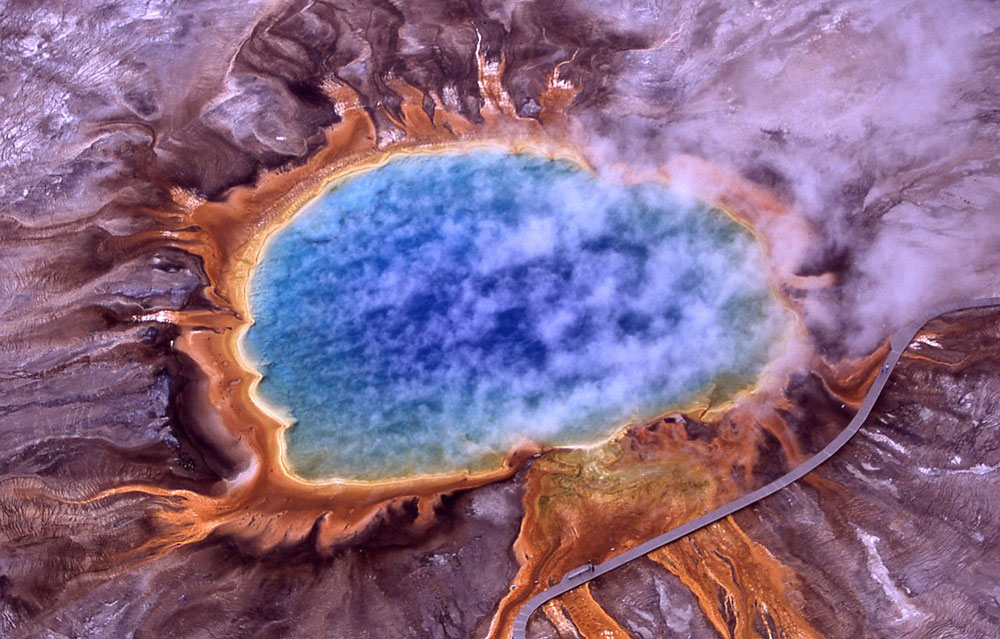
July 12, 2020; National Parks Traveler
NPQ has written repeatedly about the dangers of having private dollars directly supplementing public systems, most often using examples from the schools and police. But now the National Park Service is facing the problem head-on in the form of foundations that are set up and under the control of “friends” of a particular park. There is no doubt that they contribute significantly, but when a former Interior Secretary described the independent bodies as the parks’ “margin for survival” rather than a margin for excellence, it should have been a tipoff that something was getting out of whack.
National Parks Traveler, which has been following the trends, says that more and more parks managers are turning to private philanthropies for the operational and restoration dollars that should be coming from the government.
It’s not just the potential loss of money that may put programs at risk; it’s the mixed and muddy decision-making authority, too, as Yellowstone National Park Superintendent Cam Sholly found out these past six months when Yellowstone Forever began to cut its resources to the parks most core programs. This included some the furloughing of some team members on projects that were critical to Yellowstone. Sholly says the problem is “allowing too many critical programs to rely on philanthropy in order to succeed.”
What I mean by that is if the wolf program gets $450,000 a year from donors through [Yellowstone Forever], we’ve got to ensure that the wolf program has enough federal funding in place. We always want the philanthropy and can use it, and so many things get done….But what I don’t want to have happen is if philanthropy wanes or goes down substantially, that suddenly we’re putting critical programs at risk, like native fish or wolves, that kind of thing.
Sign up for our free newsletters
Subscribe to NPQ's newsletters to have our top stories delivered directly to your inbox.
By signing up, you agree to our privacy policy and terms of use, and to receive messages from NPQ and our partners.
Grand Teton President Leslie Mattson says boundaries and planning are important:
When developing our annual work plan with Grand Teton, which is done in very close coordination with our park partner, we either have the resources on-hand or have a high degree of confidence in already identified sources of funds, and this knowledge gives our foundation and Grand Teton the comfort of knowing that we will indeed be able to fulfill commitments. Generally speaking, fundraising in arrears for our park projects is not in our normal operating procedure.
Further, our annual work plans and funding commitments are guided by a long-range plan that includes multi-year revenue goals. This allows us to plan the pace and scale of our project work and match that with revenue goals in a way that increases our success.
“I think we’ve gotten too overly reliant on funding some of those critical programs with philanthropy,” Sholly says. “It has been generally reliable over the years, and I’m not saying that we don’t continue to use it to support those functions, and a lot of people donate specifically for those things…but the core of those programs shouldn’t be predicated on it.”—Ruth McCambridge













